The Complete Guide to Muscle Dynamometry
Understanding Muscle Strength Assessment
This guide was written in collaboration with Activforce 2 to help you understand the benefits of muscle dynamometry and how it can help your client base.

Muscle dynamometry is a valuable tool used in various fields such as physical therapy, sports medicine, and rehabilitation to measure and evaluate muscle strength. The process involves using a device called a dynamometer to assess the force a muscle or muscle group can exert, providing crucial data on an individual’s muscular health and performance.

Whether you are a clinician seeking to measure the recovery progress of a patient, an athlete optimising your training, or an individual looking to monitor your physical health, understanding muscle dynamometry is key to gaining insights into muscle strength, endurance and overall function. Assessing lower limb muscle strength using muscle dynamometry is particularly important in clinical and athletic settings to ensure accurate and reliable measurements.
What is Muscle Dynamometry?
Muscle dynamometry is the process of measuring muscle force or torque to assess the strength and functionality of muscles. It is widely used for:
- Evaluating muscle weakness
- Monitoring rehabilitation progress
- Designing strength training programs
- Assessing muscular imbalances
- Tracking performance improvements

The primary device used in this process is called a dynamometer, which measures the amount of force produced by a muscle or group of muscles during contraction. Unlike manual muscle testing (MMT), which relies on the examiner's experience and can vary between testers, muscle dynamometry provides more accurate and reliable data, making it a preferred method in clinical settings. The data gathered from muscle dynamometry can be used by healthcare professionals to guide treatment plans or by athletes and trainers to tailor workout programs based on specific needs.
Principles of Muscle Strength Assessment
Muscle strength assessment is a cornerstone of muscle dynamometry, providing critical insights into the force-generating capacity of muscles. The primary method for assessing muscle strength involves measuring the maximal voluntary isometric contraction (MVIC), which is the maximum force a muscle can generate against an immovable object.
Several key principles underpin the process of muscle strength assessment:
Maximal Force: The primary goal is to measure the maximal force produced by a muscle or muscle group during an MVIC. This measurement provides a clear indication of the muscle’s strength capacity.

Maximal Force: The primary goal is to measure the maximal force produced by a muscle or muscle group during an MVIC. This measurement provides a clear indication of the muscle’s strength capacity.
Muscle Group: Assessing muscle strength often focuses on specific muscle groups, such as the quadriceps or hamstrings. This targeted approach helps in identifying strengths and weaknesses within particular muscle groups.
Measuring Muscle Strength: Various devices, including dynamometers and force plates, are used to measure muscle strength. These tools provide precise and quantifiable data on muscle force production.
Quantitative Muscle Testing: This involves using devices that offer numerical values for muscle strength, allowing for objective and reproducible assessments. Quantitative muscle testing is essential for tracking progress and making data-driven decisions.
Upper and Lower Extremities: Muscle strength assessments can be conducted on both the upper and lower extremities, including the neck, shoulders, arms, legs and trunk. This comprehensive approach ensures a complete evaluation of an individual’s muscle strength.
By adhering to these principles, clinicians and researchers can accurately assess muscle strength, leading to more effective treatment and training programs.
The Activforce 2 Digital Dynamometer

The Activforce 2 Digital Dynamometer is an innovative tool used in muscle dynamometry to measure muscle strength, endurance and force. Here’s how it’s applied in muscle dynamometry assessments:
1. Baseline Muscle Strength Testing
Activforce 2 allows practitioners to establish a baseline strength measurement for specific muscle groups. Using isometric tests, where muscles exert force against a stationary resistance, clinicians can gather baseline data. This baseline is critical for tracking progress, setting rehabilitation goals and comparing future assessments.
2. Isometric Muscle Testing

Activforce 2 excels in isometric testing, which measures the force generated by a muscle without movement at the joint. This type of test is useful for assessing isolated muscle strength and pinpointing deficits in specific muscle groups. For example, it can measure the quadriceps' force in a knee extension without requiring knee movement, a feature especially helpful for post-injury assessments.
3. Endurance and Fatigue Analysis
Activforce 2 can be used to measure not only maximum force but also how long a muscle can sustain a contraction, which is crucial for endurance testing. The app’s real-time data display lets clinicians monitor how force declines over time, offering insight into muscle endurance and fatigue levels. This is particularly valuable in training athletes or designing rehabilitation protocols for patients with endurance limitations.
4. Real-time Data Feedback and Adjustment

Connected to the Activforce app, the device provides real-time force feedback. This immediate data display helps clinicians make adjustments during the assessment. For instance, they can ensure the patient is exerting consistent effort or coach them to improve form for more accurate results.
5. Progress Tracking and Goal Setting
The device can store historical data, enabling clinicians to track progress over multiple sessions. For example, in a rehabilitation program, practitioners can compare initial baseline results with subsequent measurements to gauge recovery and adjust goals. This tracking capability is essential for documenting patient improvement and demonstrating the effectiveness of specific treatments.
6. Range of Motion and Force Analysis
Although primarily used for force measurement, Activforce 2 also offers a range of motion data, allowing for a combined analysis of strength and flexibility. This feature helps identify both strength limitations and flexibility issues, which can inform tailored treatment or training adjustments.
7. Application Across Multiple Body Parts and Movements
Activforce 2 can be used on various muscle groups, including the neck, shoulders, ankles, knees, elbows, hands, wrists, lumbar, and hips. For example:
Upper Body: Measure shoulder abduction or elbow flexion strength.
Lower Body: Assess hip abduction, knee extension, or ankle plantarflexion.
This versatility allows comprehensive strength assessments and ensures different muscle groups are tested, depending on the patient’s needs.
8. Customised Protocols for Rehabilitation and Performance Enhancement

Clinicians can use Activforce 2 to create specific assessment protocols for different purposes, such as post-operative recovery, chronic pain, or athletic performance enhancement. Each protocol can be customised to suit patient or client needs, whether it’s assessing stability in rehabilitation or strength in high-performance training.
9. Remote Monitoring for Telehealth and Home Exercises
Because it’s compact and app-integrated, Activforce 2 is suitable for remote monitoring. Clinicians can assess strength virtually or guide patients through home assessments, making it a valuable tool for hybrid or fully remote therapy sessions. Patients can conduct measurements at home, and data can be shared with clinicians for continued oversight.
10. Objective Assessment for Documentation and Insurance
Activforce 2 provides objective, data-driven muscle strength measurements that are beneficial for clinical documentation. This data can support insurance claims by providing quantitative evidence of muscle deficits, progress, and treatment efficacy, making it an excellent resource in clinical settings.
With ActivForce 2, clinicians can optimise their practice, improve patient outcomes and stay ahead of the curve in the field of rehabilitation and performance enhancement.

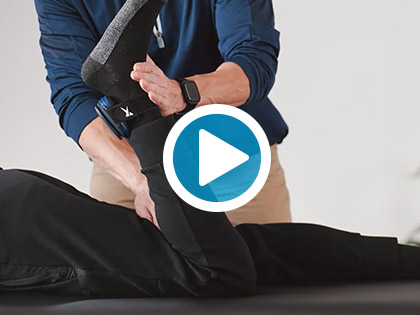



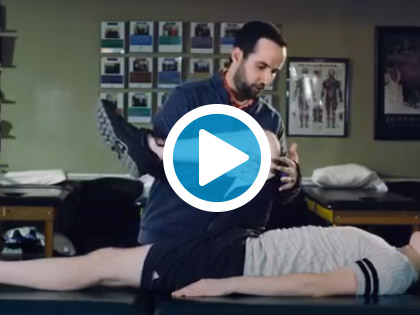







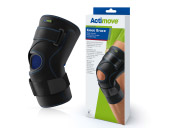














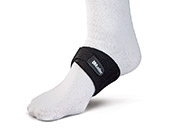













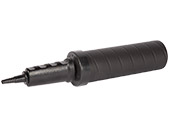








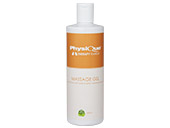





Did you find this article useful?
Why not share this with a colleague, patient or friend?